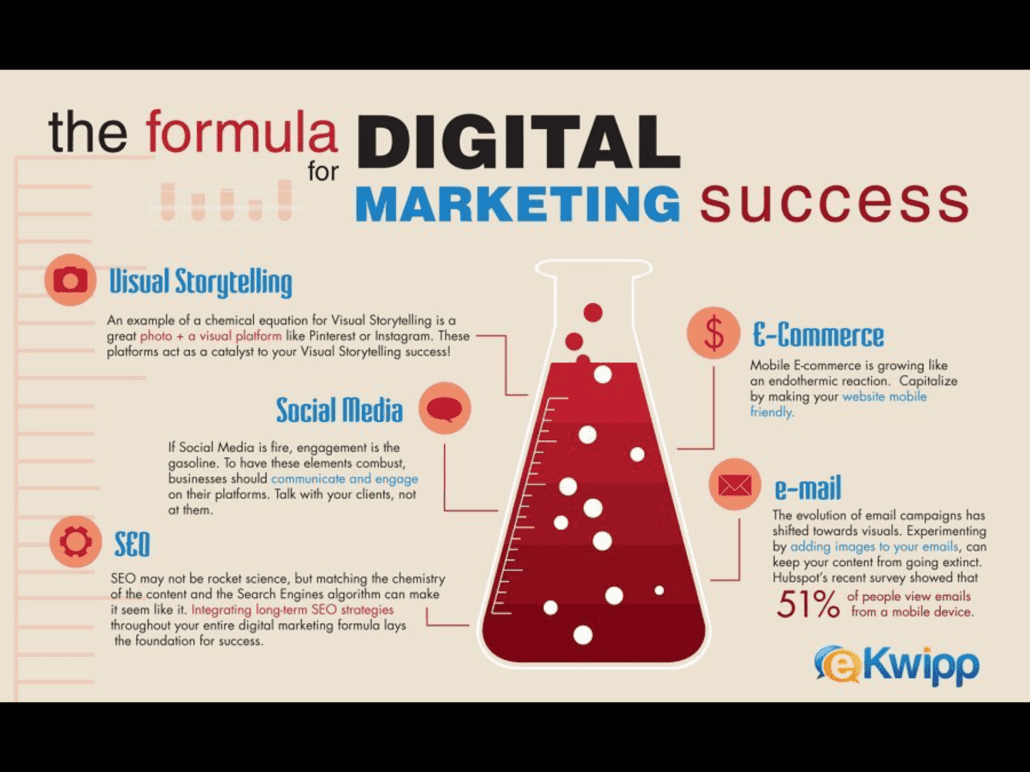Digital Marketing Trends for Small Businesses in 2020
It seems like every day, digital marketers are faced with new and unique challenges every time they log on. So what can small to medium-sized business owners do to get a competitive advantage? Let’s dive into the numbers and see where the industry is likely going in the coming year.
Is Content Still King?
Yes and no is the simple answer. While inbound content marketing and keyword acquisition remain primary drivers behind many digital marketing efforts, really focusing on the customer/client experience is becoming increasingly important. For example, look at these three statistics from HubSpot’s State of Inbound 2020 Report.
- Nearly 40% of marketers say that content marketing is an important part of their overall marketing strategy. (Hubspot, 2020, p.10).
- “Content Marketing Strategy” is the most searched query related to content marketing. (Hubspot, 202, p.10)
- 77% of companies have a content marketing strategy. (HubSpot, 2020, p. 10).
At face value, these facts seem obvious; there isn’t a company that can survive without sales. However, over half of marketers stating SEO and content creation are the top inbound marketing priorities on their to-do list.
Given the direction of SEO, Google’s overall goal, and what other professionals theorize, there will most likely be a shift towards overall user experience, combined with great content. Of course, content is still king, but it must be engaging and provide the visitor with value.
What Can I Do Now?
Do an audit of your current content. Is it thin? What can be improved, how can you better explain a concept? When it comes to adding value, the goal is for your article, guide, or tutorial to be the end-all, be-all for a specific search.
If you don’t have any content yet, start writing, or consider hiring a writer. What subject related to your industry do you know, like the back of your hand? Even if others have already created content around your topic, what can you do to improve theirs and make it your own?
This could be anything from adding a different method of completing a task or simply adding helpful visuals to a process. Is there anything your customers constantly ask you? Are there common myths in your industry that need to be debunked? These may be great places to start.
If you haven’t already, start taking advantage of your Google Analytics. Analyze the numbers; is your bounce rate low? No? Why? Look at your site from your visitor’s perspective; what do you like, what do you dislike, how can this be improved? Consider hiring a third-party company to do an audit.
Run your site through Google PageSpeed Test, what can you do to improve your score? Are there any broken links? How does your site appear on smaller or larger screens? Continue to develop great content, but ask yourself, “How can I improve the visitor’s experience with this content?”
Facebook and LinkedIn, Do Professionals See a Difference?
Some may argue not. If you look at the two social networks, you’re the same person on both. The only difference is you’re wearing a suit and showing your resume in one, and wearing jeans and sharing pictures of your family in the other.
Let’s look at the numbers, 78% of people use Linkedin for professional purposes, which is 2% down from last year’s report. On the other hand, 74% of people use Facebook for the same thing, which is up 1% from the previous year.
Based on the numbers, it appears most people use them interchangeably, which shouldn’t come as a surprise. They’re both social networks, so the goal of each is the same: to connect, build relationships and provide value.
It doesn’t matter if you’re in a suit or sharing pictures of your pets; you’re the same John Doe on Linkedin as you are on Facebook. Besides, most people can easily find you on Facebook from your Linkedin profile anyway.
So what does this mean? First, connections are becoming more casual. Social media marketing is becoming less rigid, and it’s easier to reach decision-makers. In the social media realm, there is no gatekeeper. The only person you have to get past is the prospect himself and whether or not he’ll accept your message or friend request.
What Can I Do Now?
Make sure you have a business page on both Facebook and Linkedin. Please take advantage of a branded URL by claiming it in your page’s settings. By doing so you will have access to metrics and analytics you have not seen before. If you are doing a lot of business on a Facebook personal page, you have a 5,000 follower limit; business and professional pages do not.
If you already have a personal page set up, don’t worry. Facebook will allow you to merge your personal and business accounts one time. This is a way to generate a large following very quickly for your business.
Do this for all online profiles, Facebook, Twitter, Instagram, etc. Take advantage of every network at your disposal.
Next, start posting engaging content. Create open and productive discussions. Doing this first gives your profile value. Once you’ve had at least a week’s worth of content, start reaching out to prospects to connect. Ask for their opinion on something you’ve posted, but don’t immediately go for a sale; instead, open a line of communication first.
Think about how you create a relationship – either business or personal with another human being. First, you chat about topics – sometimes finding common ground and interests. Then, when you see each other, you talk about those commonalities and eventually expand your conversations to other areas you find interesting.
So, in the beginning, focus on the conversation and relate relevant content to their business. Eventually, you may begin to uncover some problems where you can start to sell.
Lastly, this doesn’t mean give up on Linkedin either. Instead, continue to use Linkedin and other sites to your advantage. Create a consistent brand of yourself and your business across all channels, and you’ll reap the benefits.
Use Video To your Advantage
Until the past few years, a video was just another tool in the digital marketer’s toolbox. It was nice to have but was second to ‘more important’ subjects like keyword density, LSI keywords, and more. However, as already mentioned above, creating great content and focusing on the user experience is extremely important. Video tends to hit both of these areas if done correctly.
It shouldn’t be a huge surprise either. If you live in the United States, it doesn’t take a genius to see cellular carriers boosting off their massive 4G or LTE coverage across the country. Couple this with more cities and businesses adopting free Wi-Fi, and it’s no surprise that streaming to portable devices is higher than ever.
According to Cisco, the video will represent over 82% of all internet traffic within the next three to four years. This is a staggering number. Searching for something on YouTube is virtually just as common as Googling now. YouTube has now become the second-largest search engine in the world.
What Can I Do Now?
Log onto YouTube using your business Google account and email address. Create your own custom, branded channel. Grab a branded YouTube URL that best represents your company. Do an inventory of all videos you may have posted to your website, social platforms or in some other way have created. Upload these videos to this new channel to start getting them indexed.
You might think it takes a lot for your business to get into video marketing. The truth is, it doesn’t. The odds are likely you have a full HD camera (such as your smartpho
ne) in your pocket and several
apps, like Snapchat or Instagram, that you can begin utilizing today.
Give your audience an inside look into how your business operates, show them what it’s like behind the scenes in a fun and engaging way. Otherwise, try to provide some other sort of content that has value.
For example, if you’re a distributor of work clothes for construction, create several short clips explaining the uses for different fabrics. Which fabrics work best in this weather, or which fabrics can stand up to sparks flying from metalwork. The beauty of video is the viewer doesn’t have to do anything but watch. While the videos don’t have to be perfect, be sure the content of them is.
If you can spend more money, consider hiring a freelancer to turn your current content into short informational videos. Build a collection of these on YouTube. For example, create video shorts of products highlighting their features, or show the level of customer service you provide if you’re in a service industry.
Lastly, don’t micromanage every minor factor mentioned in this article. While every one of these parts is a piece of a larger engine, in the end, it’s all about how well you can service your customers. Listen to what they have to say, focus on their needs, and let that help guide you through the online landscape.
Every day is a new opportunity to connect and create a sale. New networks and new prospects are entering the market by the day, and they’re looking for what you’re selling. Follow the tips listed above, and you’ll put yourself leaps and bounds ahead of competitors. Providing value and focusing on the customer/client experience will undoubtedly improve your success in 2018.





